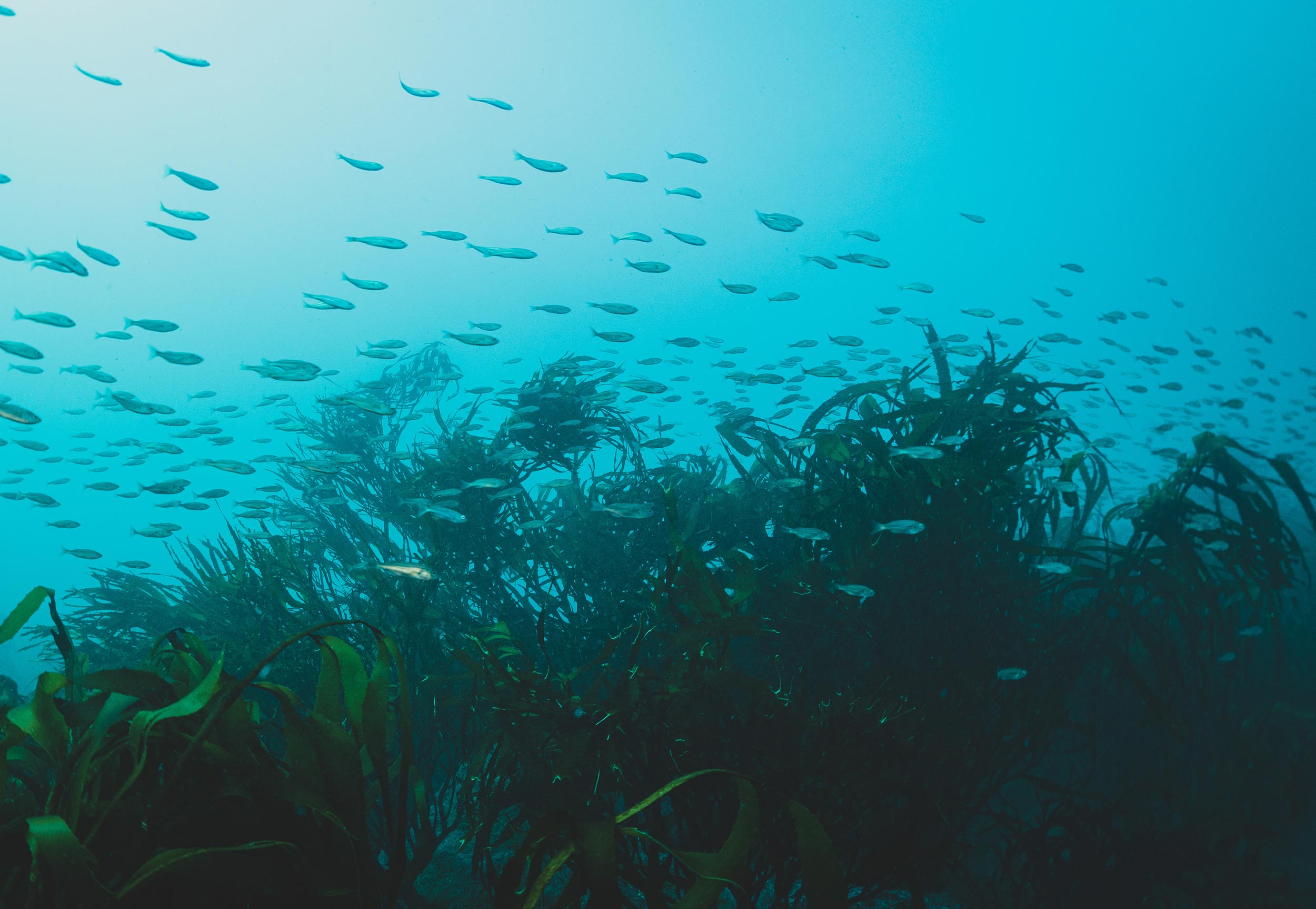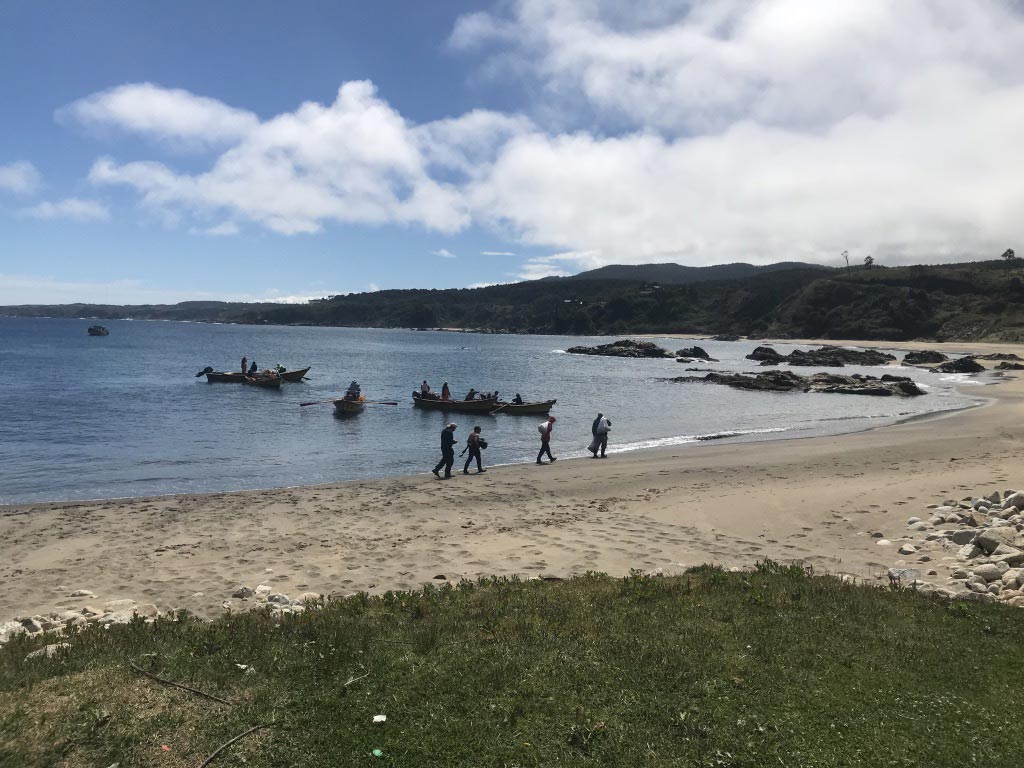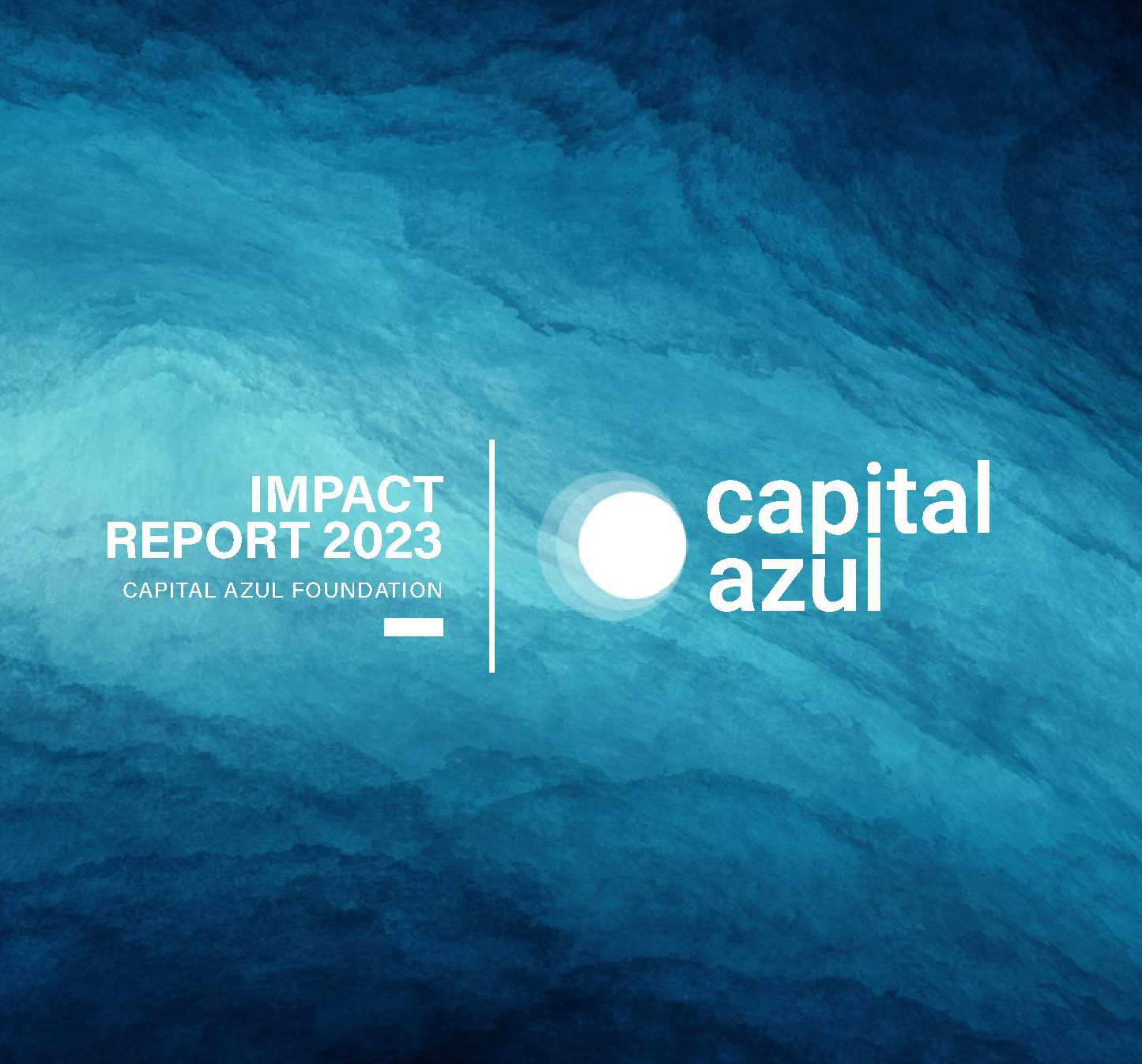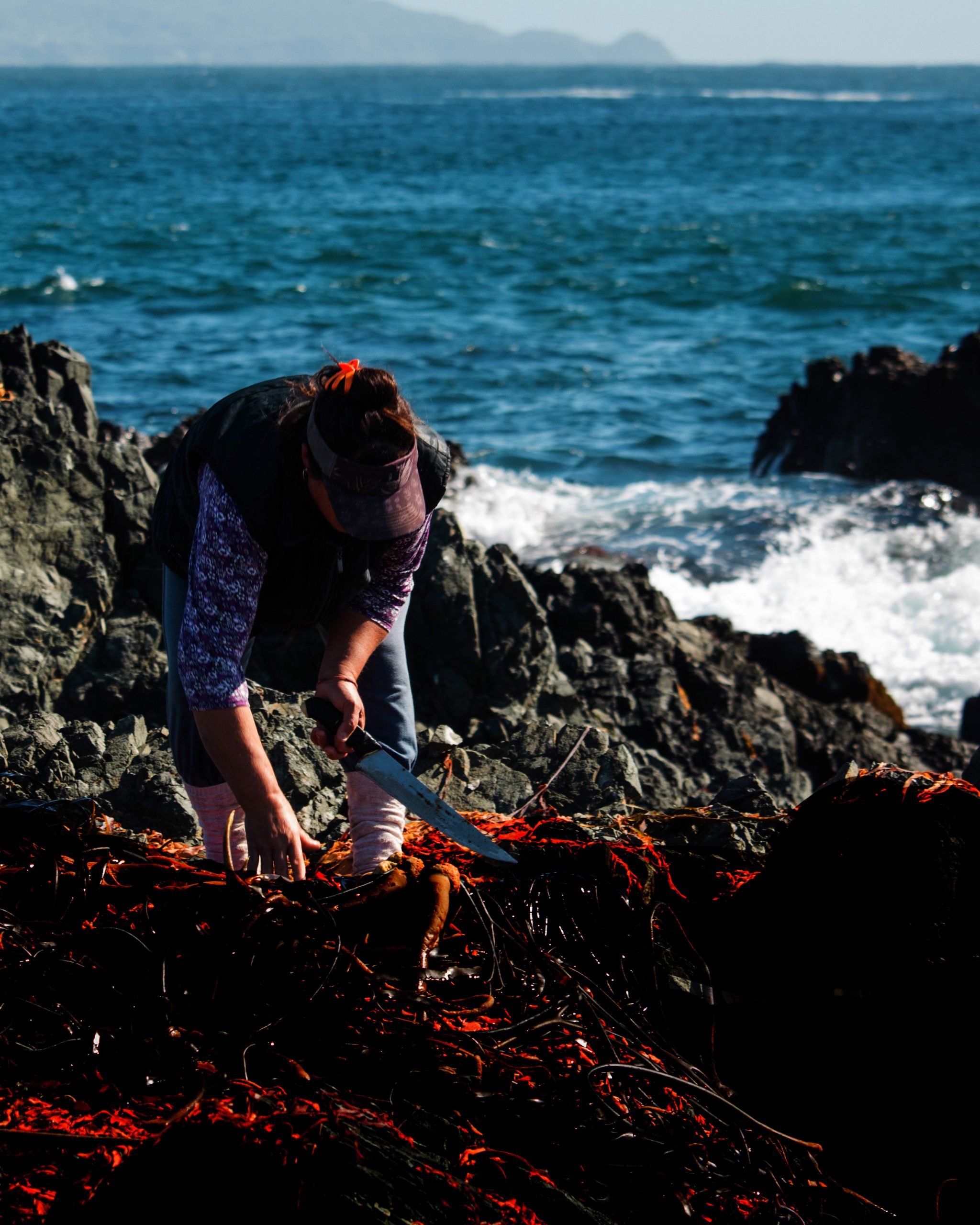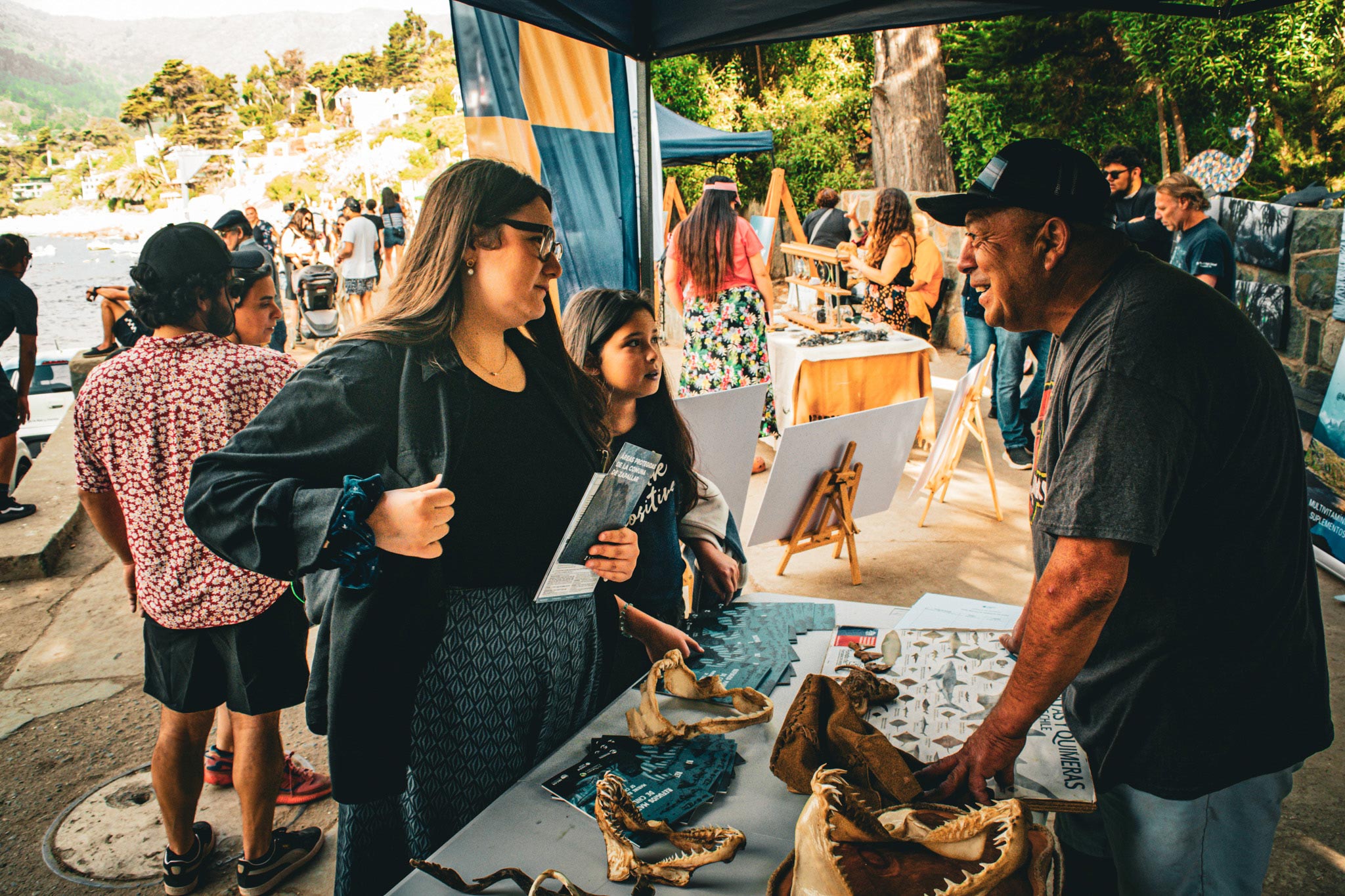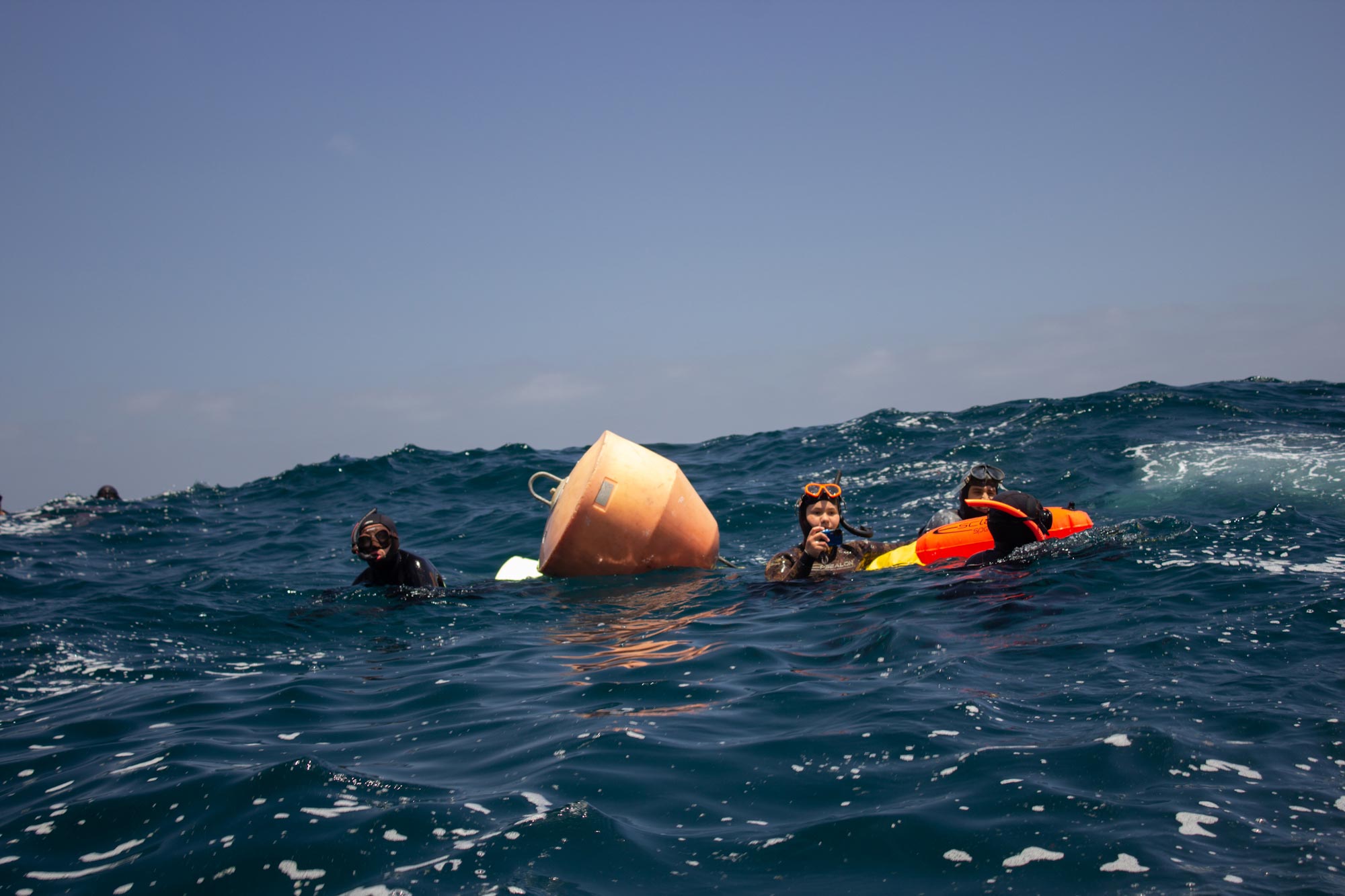Positioning the implementation of TURF-Reserves in Latin America as an alternative for the restoration of biodiversity and marine-coastal ecosystems is the main objective of the “1st International Conference of TURF-Reserves”, organized by Capital Azul Foundation with the support of The Nature Conservancy (TNC) Chile, the SECOS Millennium Institute and the fisher unions associated with the TURF-Reserves program.
The meeting will be held in Cachagua as its main venue, but activities will also take place in Zapallar and Maitencillo, representing three of the five locations where Capital Azul has managed to establish TURF-Reserves in the Valparaíso region. The activities will begin on Tuesday, October 17th and will culminate on Thursday, October 19th with a tour of the Zapallar cove and its TURF-Reserve, which after its official inauguration at the end of 2021 has become a hub for the development of environmental education, tourism and various recreational activities.
The event will feature the participation of members of the 5 unions that are part of the Capital Azul Foundation program, but will also bring together artisanal fishers from various locations in Peru, as well as from other places in Chile, seeking to expand the learning platform created by Capital Azul after several years of work in alliance with artisanal fisher unions.
“Bring together different unions, some of which already participate in the network of TURF-Reserves in the Valparaíso region, with new potential partners, such as Raúl Marín Balmaceda, Huiro Cove and Robinson Crusoe… We are excited in terms of what this could mean for the future of our program, which is becoming known in the world of artisanal fishing as a viable solution for the conservation and restoration of marine-coastal ecosystems”, says Rodrigo Sánchez Grez, executive director of Capital Azul Foundation.
The participation of scientists, authorities, institutions and public officials and civil society organizations is also expected, all gathered to discuss the challenges and opportunities that these marine conservation areas present in different contexts and territories.
“We are very excited about the conversations that will take place at the conference. The figure of Other Area-Based Conservation Measures, which are the OMECs, has been appearing on the horizon, and we have visualized that there are very interesting and challenging opportunities for the Capital Azul TURF-Reserves program due to the fact that they become internationally recognized marine protected areas, which will contribute to the 30×30 goal (global biodiversity agreement that seeks to convert 30% of the planet into protected areas by the year 2030) that has been established by the UN,” explains Sánchez.
In this sense, Natalio Godoy, lead scientist of TNC Chile’s Oceans program, adds that “the new Law for Nature and the creation of the SBAP (Biodiversity and Protected Areas Service) also represent a series of opportunities for conservation in areas such as TURF-Reserves that must be explored, and this meeting will be an excellent opportunity to begin these conversations, which must advance hand in hand with organizations of artisanal fishers and coastal communities, whose traditional knowledge of marine resources and their cycles is essential to plan future work”. Additionally, TNC’s experience and networks in other countries in the region, such as Peru and Ecuador, with whom conservation work around the Humboldt Current is shared, can be a useful platform to expand the scope of this initiative.


We are excited in terms of what this could mean for the future of our program, which is becoming known in the world of artisanal fishing as a viable solution for the conservation and restoration of marine-coastal ecosystems.
Rodrigo Sánchez Grez
Executive Director of Capital Azul Foundation
A collective task
During the last decades, coastal communities have become privileged witnesses, on the front line, of the impacts of the triple climate crisis that the planet is going through. Among them, the crisis associated with the accelerated loss of biodiversity, which involves the reduction or local loss of species in a certain habitat, has been especially noticeable for those dedicated to artisanal fishing.
Their vivid testimonies give an account of a time of abundance that remained in the past. Coastal fish species that were once common have become scarce, and the situation has become especially critical outside the Territorial User Rights for Fisheries (TURF or AMERB, as abbreviated in Spanish) managed by artisanal fishers’ unions.
Today, the so-called Open Access Areas have been transformed into real underwater deserts, and innovative measures are urgently needed.
Relying on the socio-ecological system under which the TURFs operate, since 2016 Capital Azul Foundation has been developing an ambitious science-based program to establish TURF-Reserves inside these Management Areas where artisanal fisher’s organizations have exclusive exploitation rights. There, the TURF-Reserves become a buffer zone of about 15 hectares where extraction is not allowed.
This alliance, signed voluntarily by artisanal fishers’ unions, allows productivity and conservation to be combined in the same system, an innovative system that seeks to increase biodiversity while improving the livelihood and resilience of Chile’s coastal communities.
This is a new paradigm in marine conservation, where artisanal fishers lead the restoration of ecosystems, revitalizing local economies and strengthening the role that artisanal fishing plays in the sustainable management of resources.



